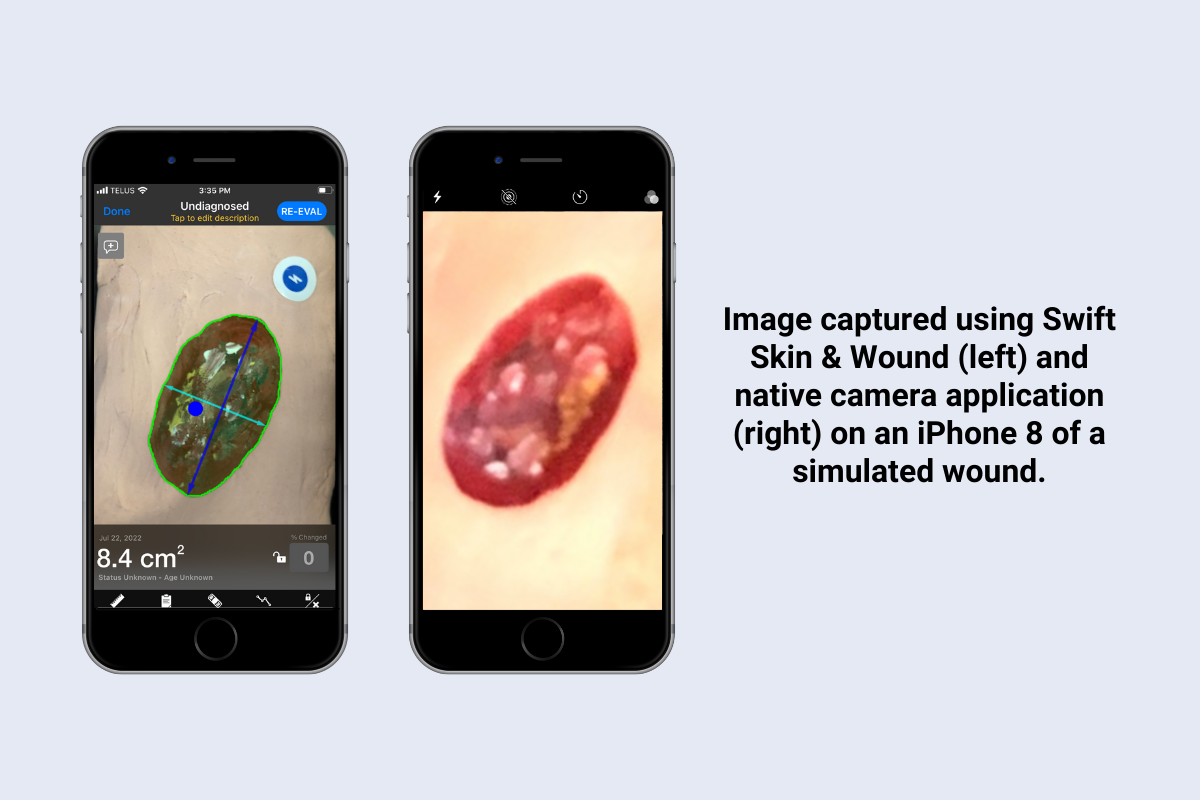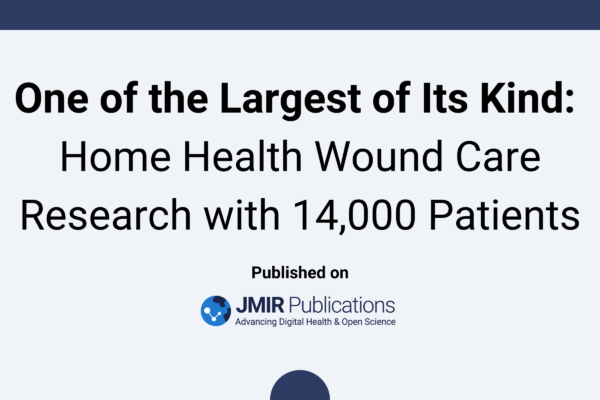Why Healthcare Organizations Need their own Photographic Record of Wounds During Litigation
Everyone’s heard that a picture is worth a thousand words, but just how much is that when it comes to wound care?
Up to 20% of all legal medical claims and more than 10% of settlements are wound related¹, and there are more than 17,000 pressure injury-related lawsuits filed annually in the United States.² Putting a dollar figure on it can be even more sobering.
The average settlement for these suits is $250,000 with upwards of 85% of these cases resolved in favor of the plaintiff.³
When roughly one in three patients have a wound across the continuum of care, managing the risk of wound-related litigation is a challenge organizations can’t afford to ignore.
And yet despite this, many healthcare organizations are hesitant to document wounds using photography. On the surface, this is understandable. The rationale is that if something has gone wrong, having a photographic record gives the plaintiff more ammunition during litigation. However, this line of thinking is built on a false premise. In today’s world, everyone has a camera with them on their phone. If a patient’s wound deteriorates to the point that a suit is launched, it is almost a guarantee that they will have photographs already, either taken by the patient themselves or a family member. In these situations, the plaintiffs start the entire litigation process at a major advantage as the only party with photographic evidence. This is the main reason why so many healthcare organizations feel wound cases are indefensible and settle cases that might otherwise have been resolved in their favor or at least for a lower amount.
Furthermore, the wound images captured by the plaintiff seldom portray the wound in the best light (literally). These photographs are frequently poorly lit, often captured from varying angles and distances, and sometimes captured using different devices with different color sensitivities. The result is an inconsistent visual record that can easily distort the true story of the wound’s status over time. And yet, without a photographic record of their own, healthcare organizations are at the mercy of the plaintiff’s visual depiction of the wound.
It is clear then that any healthcare organization without a photographic record of their own is at a serious disadvantage. However, not all wound photography is created equal. If an organization is taking pictures with a basic smartphone camera application or stand-alone digital camera, the same issues with inconsistency and variability can inhibit their ability to effectively mount a defense.
Enter purpose-built digital wound care platforms. Swift Medical is the only digital wound management solution that has 95%+ measurement accuracy and consistency validated through peer-reviewed scientific literature. Unlike regular photography, Swift Medical’s technology is designed to capture consistent, calibrated wound photos. Additionally, only Swift Medical has a FDA-registered, proprietary adhesive fiducial marker: HealX. A fiducial marker is an object placed in the field of view of an imaging system, which appears in the image produced, for use as a point of reference or measure. Deceptively simple in appearance, the HealX has 2 main functions:
- The HealX helps a user take accurate and consistent wound images, regardless of different lighting, body position or camera settings.
- The HealX communicates with the Swift Skin and Wound software when it is captured in the photograph, and provides the visual/spatial context required to enable the application to generate clinically accurate wound measurements – including the length, width, surface area and, now, depth.
To see how Swift can help improve your wound program, patient satisfaction, and ultimately your overall performance this way the HealX is a big part of what separates wound images taken with Swift Skin and Wound, from common wound photography.
In addition to consistent imagery, Swift’s technology also provides a means to capture and centralize all wound documentation over time so organizations have a comprehensive record of a wound’s healing trajectory that can further help strengthen their position during litigation.
Swift’s purpose-built wound image capture technology means that organizations can start the litigation process on equal footing with the plaintiff and make better informed decisions about how to navigate claims.
So what is a high-quality, calibrated wound photo worth? For the more than 4,100 sites using our technology, the peace of mind that Swift brings is priceless.
To learn more about how to manage wound-related litigation, check out this webinar with Heidi Cross, a certified wound specialist who has her own independent practice as an expert witness for plaintiff and defense attorneys in New York.
¹ Pfaff J, Moore G. ED wound management: identifying and reducing risk. ED Legal Letter. 2005;16:97–108
² Agency for Healthcare Research and Quality (AHRQ). Preventing pressure ulcers in hospitals: a toolkit for improving quality of care. Rockville, MD: AHRQ
³ Wound Care Education Institute. Legal Risks for Clinicians. https://promotions.wcei.net/wound-care-matters-resources





